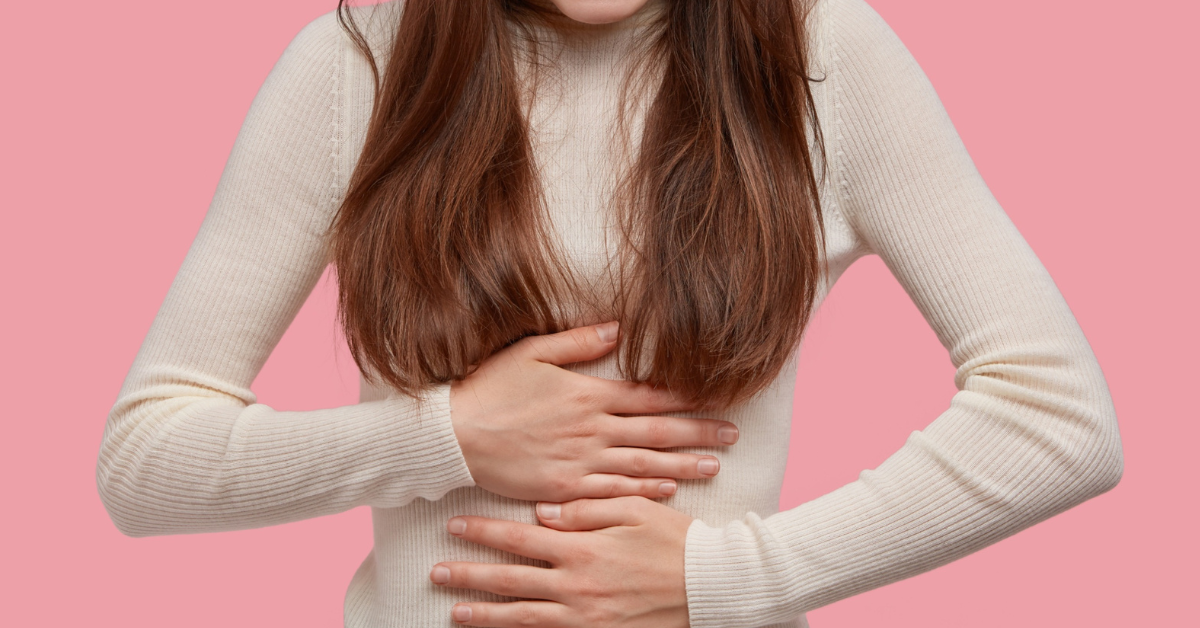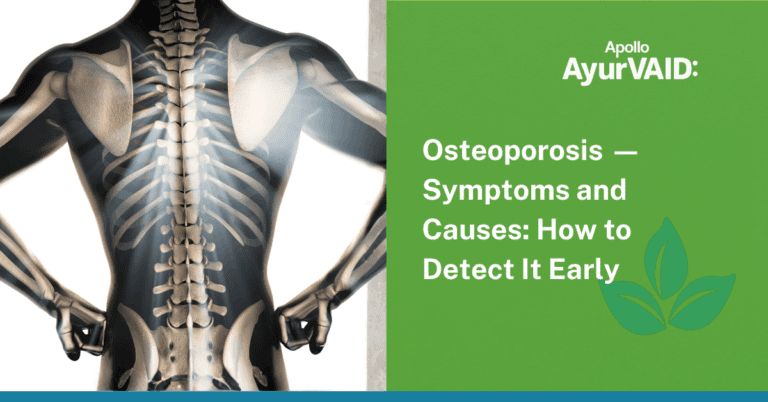
Are you one among those who use the terms, PCOD (Poly Cystic Ovarian Disease) and PCOS (Poly Cystic Ovarian Syndrome) interchangeably? Both PCOD and PCOS are very different conditions. Though both are related to the ovaries and cause hormonal disturbances, there are many significant differences in terms of their cause and spectrum of symptoms.
Difference Between PCOD and PCOS
PCOD (Polycystic Ovarian Disease) is a condition where the ovaries release multiple immature or partially-mature eggs which later transform into fluid-filled sacs called cysts. It generally presents with weight gain and fat deposition around the abdomen, irregular menstrual cycles, and issues with fertility. Almost 1/3rd of women worldwide suffer from PCOD.
PCOS (Polycystic Ovary Syndrome) is a metabolic disorder along with malfunctioning of the endocrine system where the ovaries produce higher levels of androgen than usual, which interferes with the development and release of the eggs. Women suffering from PCOS are at higher risk of developing diabetes, high blood pressure, cardiovascular issues, obesity, and even endometrial cancer. Symptoms like acne, excessive facial hair growth, and weight gain are apparent from a younger age due to metabolic disturbances. The incidence rate of PCOS is low when compared to PCOD.
Symptoms of PCOS
Despite the variety of presentations in different patients, the three most common factors associated with PCOS include ovulation irregularities, increased androgen (male hormone) levels, and cystic ovaries (ovaries filled with multiple cysts which are immaturely released fluid-filled eggs). Problems with ovulation and elevated androgen levels occur in the majority of women with PCOS leading to symptoms like hirsutism (facial hair growth), acne, skin tags, acanthosis nigricans (increased pigmentation around neck, underarms, and groins), and alopecia. Another reason is also the prevalence of polycystic ovaries on pelvic ultrasound exceeds 70% in patients with PCOS.
Symptoms of PCOD
Since the cause is finite, the symptoms of PCOD range between skipped menstrual cycles, increased weight, painful abdominal cramps during menstruation and/or anovulatory cycles with irregularities. Women may experience severe cramping, heavy bleeding, or long periods that last more than seven days. This can be due to hormonal imbalances that affect the menstrual cycle, as well as the presence of ovarian cysts, which can cause pain and discomfort.
Diet and Lifestyle Factors
A sedentary lifestyle and a diet high in processed foods and sugar can contribute to the development of PCOS. As PCOS is closely linked to insulin resistance, one should avoid a starch-rich diet, sugar, and cut highly refined carbs from their diet. It is advised to add high-fibre foods and veggies as well as nuts which help in feeling full while reducing weight.
In both conditions, i.e., PCOD vs PCOS, losing weight, eating a healthy diet that is free of processed and junk food, and following regular exercise, it has been shown that tremendous improvements can be achieved. It is essential to diagnose the condition as soon as possible to control the damage, with proper lifestyle changes and medications.

Lifestyle factors play a role in the development of the disease. Being overweight or obese can increase the risk of PCOS, as excess weight can cause insulin resistance and hormonal imbalances. The reproductive and metabolic features of PCOS are sometimes reversible with lifestyle modifications such as weight loss and exercise. While PCOD is not considered to be truly a disease, since with the right diet and exercise, it can be managed.






